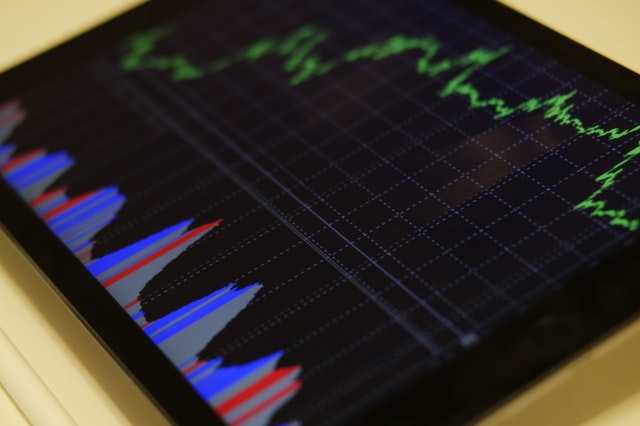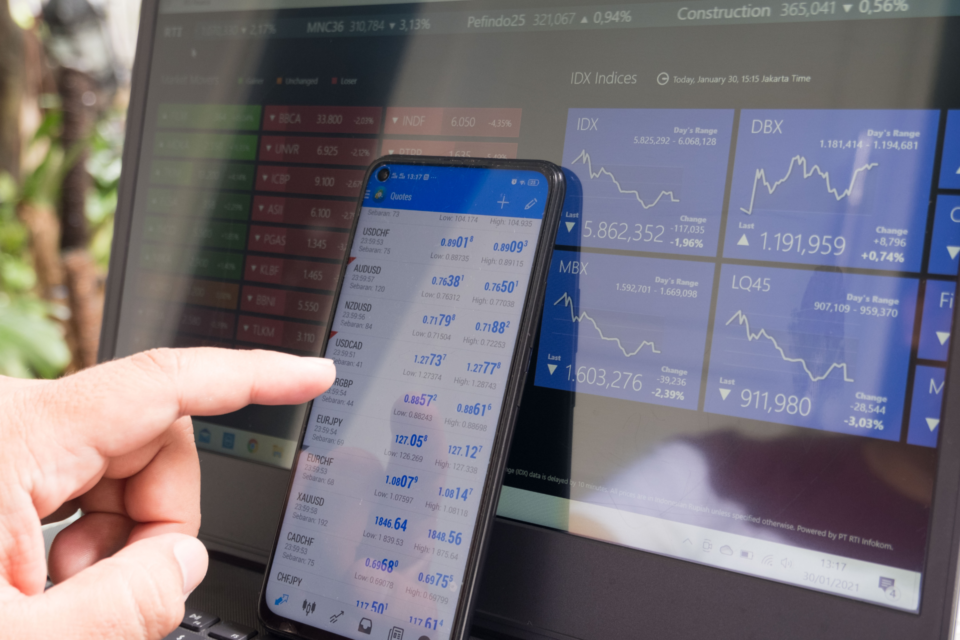In a report on global currencies from Reuters, mixed feelings emerged among foreign-exchange traders as news about the potentially fast-spreading Omicron coronavirus variant spread.
The World Health Organization (WHO) warned of a “very high” risk of infection surges from the variant, and countries around the world reacted quickly to tighten border controls.
Investors had initially hoped that the variant would not derail the global economic recovery, buoyed by early hints that Omicron would be milder than feared.
However, scientists and epidemiologists have warned that it will be a couple of weeks before we can draw any conclusion about the variant’s severity.
While currencies have stabilized since Omicron’s first discovery, many are wary of how its arrival will impact the foreign exchange market.
As we discussed in our article on ‘How Information Technology Changed the World During the Pandemic’, the pandemic has greatly transformed our way of living.
Digital wallets and online payments surged, and the use of paper cash is discouraged. It’s likely that coronavirus variants will continue to affect how we handle finances and currencies.
In this article, we’ll explore Omicron’s potential impact on foreign exchange.
What We Know About Omicron So Far
Omicron named a variant of concern by the WHO, based on evidence that it has several mutations in how it behaves.
When a virus circulates wildly and causes numerous infections, the virus itself changes undergo changes as it reacts to different bodies.
Currently, research is underway to evaluate Omicron’s transmissibility, severity, and reinfection risk — reminding us that the pandemic is far from over.

Omicron is detected in countries such as the US, Canada, the UK, Israel, the Netherlands, Australia, Belgium, Botswana, the Czech Republic, Denmark, Germany, Italy, Portugal, Hong Kong, Spain, Austria, and South Africa.
Countries are closing their borders to non-citizens and increasing testing measures for new arrivals.
Evidence points to Omicron being more infectious but leading to milder outcomes.
However, the crux of the issue is whether or not variants like Omicron will lead to the same level of disruption and weaker economic activity that the original COVID-19 virus caused in 2020.
Understanding the Foreign Exchange Market
Based on how the forex markets work, there will definitely be a few days of heightened volatility due to Omicron. Market-wise, uncertainty is prevailing as investors digest new information.
Stock markets and commodities have stayed low as everyone is in risk-off mode.
One key factor here is mobility, which has recently picked up alongside the increase of global vaccination rates.

According to an FXCM write-up on the forex market, it is the largest and most liquid in the world with an average daily trading volume exceeding $5 trillion (₹377 trillion).
It’s largely tied to movement; as people travel overseas, they convert money into other currencies and drive demand.
The exchange rate regularly fluctuates as a result.
Other factors include employment — think large international companies paying employees overseas, or overseas workers sending remittances back home — which is why global employment rates are closely monitored as well.
Effects of the Pandemic on Forex Trade
Our recent experience with the coronavirus can help us further predict the potential outcome of these variants, as many studies have conducted to examine the macroeconomic and financial consequences of the initial outbreak.
The general trend is that countries with rising COVID-19 cases typically saw their currency weaken. Those that managed to contain transmission rewarded with a stronger economy.
Experts observed that the COVID-19 shock differs from past episodes of volatility due to its exogenous nature, its speed and scale of spread, and its global effect on both demand and supply sides.
According to research published in the Technological Forecasting and Social Change journal on forex market efficiencies, the pandemic caused forex market efficiency to decline in comparison to its pre-pandemic levels.

A decline in efficiency generates puzzling anomalies and delayed overshooting.
Changes driven by investors’ herd behavior towards the crisis, and sudden stops in capital flow associated with risk-appetite decrease.
We also saw that there are no absolutes with exchange rates, and everything is relative as expectations hinge on future economic growth.
In 2020, the Euro was more closely involved in world trade than the US dollar or the UK pound sterling.
The Euro’s extensive links to China meant that a slowdown had a quicker impact on the currency, and additional pressure added to an already-fragile economy.
In contrast, the US dollar remained resilient and largely unperturbed at the beginning of the outbreak.
The positive performance of the US economy and its distance from China allowed the USD to outperform a basket of safe-haven currencies.
However, the USD came under pressure following the uncontrollable spread of the virus.
Only after their contentious election, subsequent vaccine rollout, and ambitious measures to drive economic growth did the USD manage to recover its positive performance — and global economic recovery may yet pull down its value.
Given how we’ve managed to deal with the coronavirus, experts are cautiously optimistic with what we know of Omicron so far.
Omicron and the Future of Forex
How is India reacting to the Omicron variant? A recent article from The Times of India on the rupee saw it weaken for the fourth successive trading session, closing eight paise down at 75.17 against the dollar.
Forex markets have turned volatile in tandem with equities, and jitters are present over potential restrictions that would halt ongoing recovery.
In short, risk sentiments are in reverse, and volatility will be high in the near term.
Indeed, the pandemic will continue to flex its impact on financial markets for a long time.

We can expect the global demand for currencies to continue, but we need to go beyond usual data points to understand drivers behind major currency pairs, such as unemployment and emotion-based responses.
Policymakers have a wide range of fiscal and monetary tools to cope with crises and financial shocks, like FX reserves, which can defend currency stability and provide forex liquidity to domestic sectors.
However, the capacity to use international reserves depends on buffers built over time and funding needs; in this respect, most countries are not facing the crisis in the same way.
It’s essential for nations to continue cooperating as we closely monitor developments and risks, especially as the intensity of the pandemic varies across regions.




